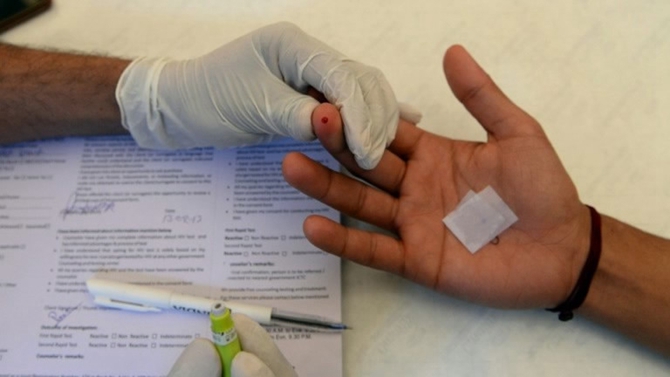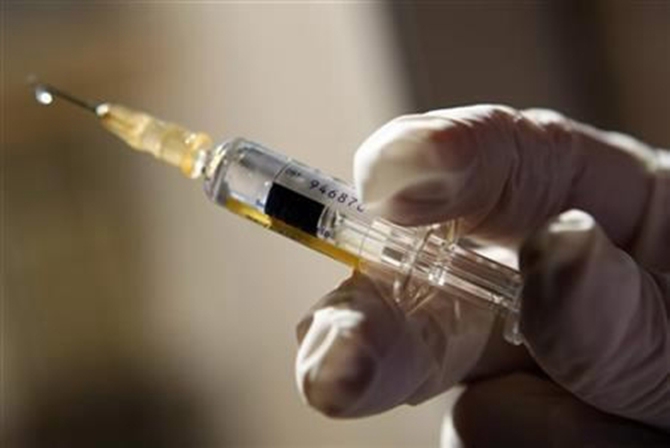'Fake' doctor accused of infecting 46 Indians with HIV arrested
Indian police Wednesday arrested an unlicensed doctor accused of infecting at least 46 people with HIV by re-using a syringe, the latest case to expose the paucity of healthcare in the country of 1.25 billion.

Police in Uttar Pradesh tracked down Rajendra Yadav, who provided cheap door-to-door medical services to poor villagers, after the filing of a criminal case against him over the spread of the infection in the northern state's Unnao district.
"He was arrested on a tip-off and is being questioned about his role in the case," Unnao police chief Pushpanjali Devi told AFP.
Yadav is facing initial criminal charges of impersonation and endangering human lives, the officer said.
Medical instruments recovered from his possession are being sent for forensic tests.
India has only limited public healthcare services and that, combined with a lack of regulation, has allowed unlicensed doctors to thrive, particularly in rural areas.
The latest case was exposed when government medical screenings uncovered a high concentration of human immunodeficiency virus (HIV) cases in the district.

Indian police arrested an unlicensed doctor on February 7, 2018, who is accused of infecting at least 46 people with HIV by re-using a syringe. /Photo via Reuters
"All these 46 cases are from specific localities within our district," Unnao's chief medical officer S.P. Choudhary told AFP.
"This is when we decided to dig deeper. Some of the infected blamed the quack and his use of a single syringe."
But Choudhary said the high number of cases was unlikely to be down to Yadav alone.
"We don't think that the quack doctor alone could be a factor for these numbers," he told AFP.
"The area has a high migrant trucker population, and the prevalence of unprotected sex could be the likely reason."
India has 2.1 million people infected with HIV, according to the United Nations, although the rate of infection is falling.
It has an estimated 840,000 doctors – one for every 1,674 people – far fewer than the one per 1,000 people recommended by the World Health Organization.
Last week the government announced a national healthcare scheme for half a billion people, but did not give details of how much it would cost or how it would be funded.
India spends a little over one percent of GDP on public healthcare – one of the lowest proportions in the world – a sum the government is aiming to increase to 2.5 percent by 2025.
Source(s): AFP




































